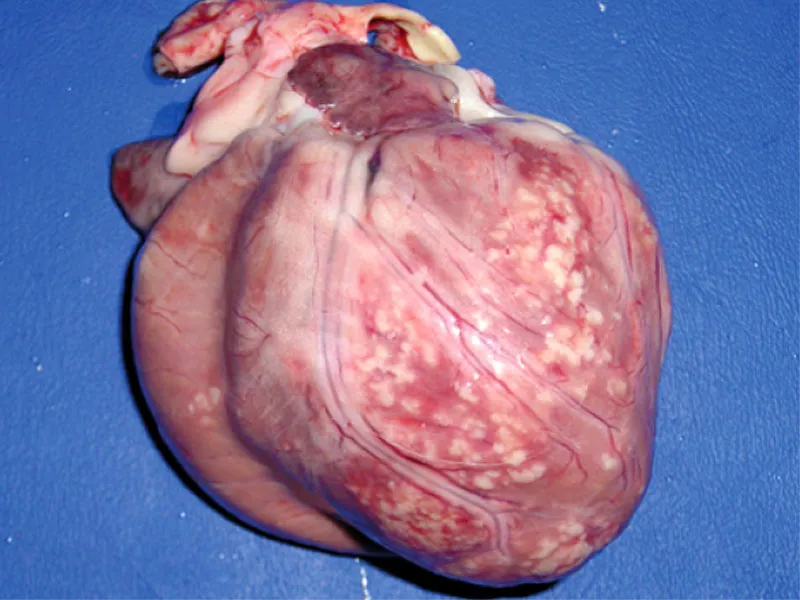An outbreak of chlamydiosis in captive psittacines
DOI:
https://doi.org/10.24070/bjvp.1983-0246.002015Keywords:
Psittacines, diseases of birds, Chlamydiosis, Chlamydophila psittaci, pathology, immunohistochemistryAbstract
This paper describes an outbreak of chlamydiosis in psittacines recovered in Minas Gerais, Brazil, from illegal trade in the Brazilian Southeastern Region. Clinically, some birds showed apathy and anorexia or died suddenly without evidence of clinical signs. Necropsy was performed on 15 psittacines; 13 Amazon parrots (A. aestiva), one Peach-fronted parakeet (Aratinga aurea) and one Scaly-headed parrot (Pionus maximiliani). The most visible macroscopic changes were mild to marked hepatomegaly, with many white foci ranging in size from 1 mm to 100 mm that extended in to the parenchyma. Other findings included splenomegaly and fibrinopurulent airsacculitis. Microscopic lesions included multifocal to coalescing foci of necrosis of hepatocytes with infiltration of heterophils and lymphocytes and plasma cells randomly scattered through out. In some parrots there were multiple foci of necrotic and granulomatous hepatitis with biliary duct proliferation. The birds with splenomegaly had loss of normal architecture and infiltration of macrophages mixed with plasma cells, fibrin and heterophils. The PVK (modified Gimenez) and Giemsa stains revealed small round intracytoplasmic bacteria approximately 1μm in diameter suggestive of Chlamydophila psittaci, in the cytoplasm of macrophages of spleens and livers. Immunohistochemistry (IHC) using monoclonal antibodies for C. psitacci confirmed Chlamydophila in the cytoplasm of macrophages of the liver and spleen and in a few other organs of four parrots.


